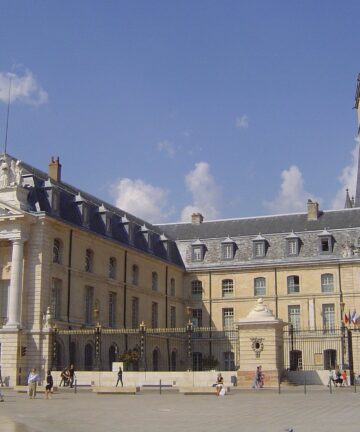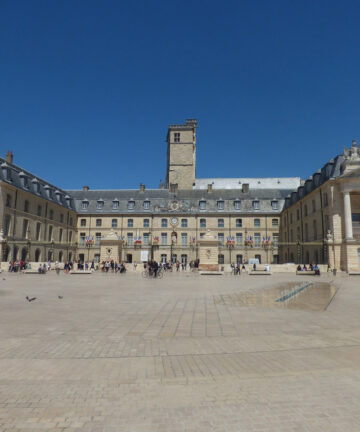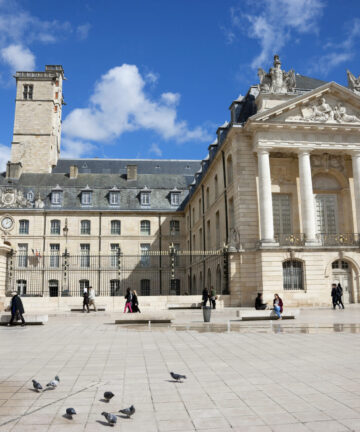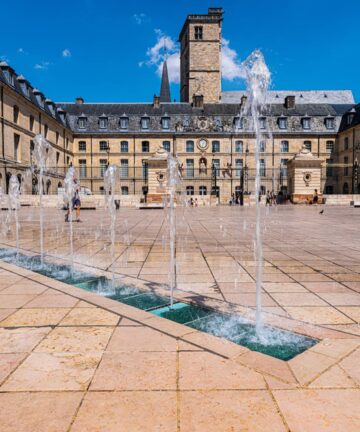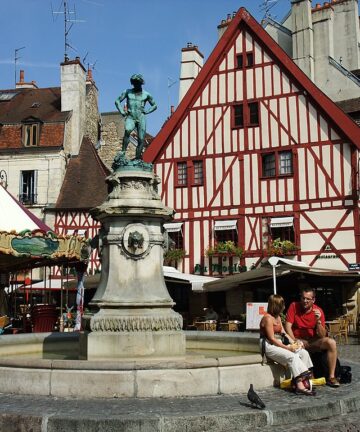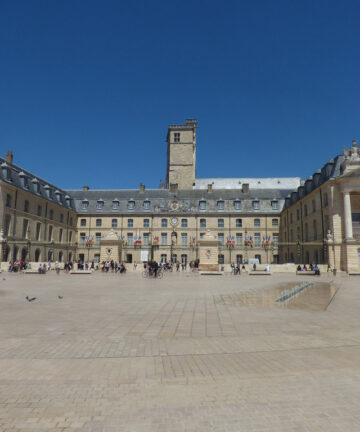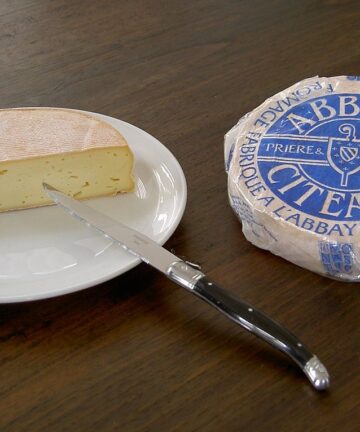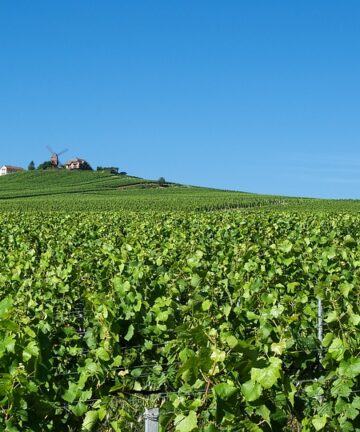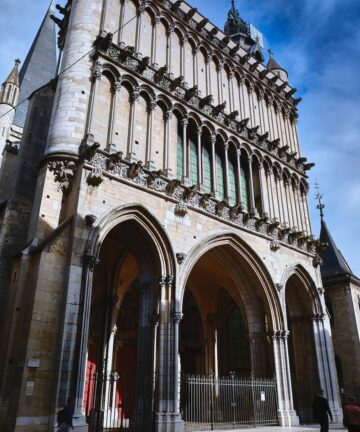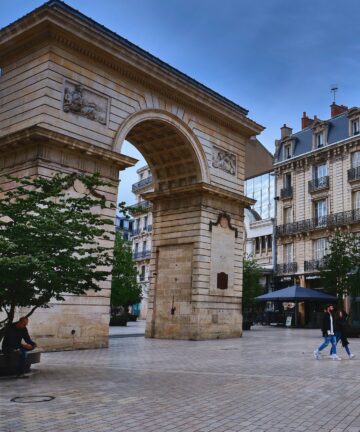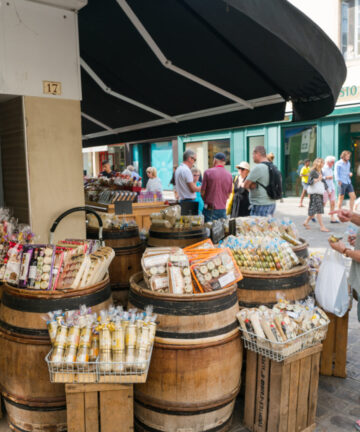Dijon France points of interest : the suggestions from Guides France
Book a guide !
Dijon, the capital city of the Burgundy region in eastern France, is renowned for its rich historical heritage and vibrant cultural scene. With origins dating back to the Roman era, Dijon flourished during the Middle Ages as a center of art, commerce, and science, particularly under the rule of the Dukes of Burgundy. The city’s architectural landscape is a testament to its storied past, boasting an array of medieval and Renaissance structures, including the Gothic masterpiece of the Notre-Dame de Dijon and the Palais des Ducs, which houses the renowned Musée des Beaux-Arts. The cobbled streets of the city center, lined with timber-framed houses and intricate stone carvings, invite visitors to explore the blend of historical elegance and modern charm.
Dijon France points of interest : the suggestions from Guides France
1. Palace of the Dukes and States of Burgundy
2. Notre-Dame Church of Dijon
3. Place de la Libération
4. Museum of Burgundian Life
Palace of the Dukes and States of Burgundy
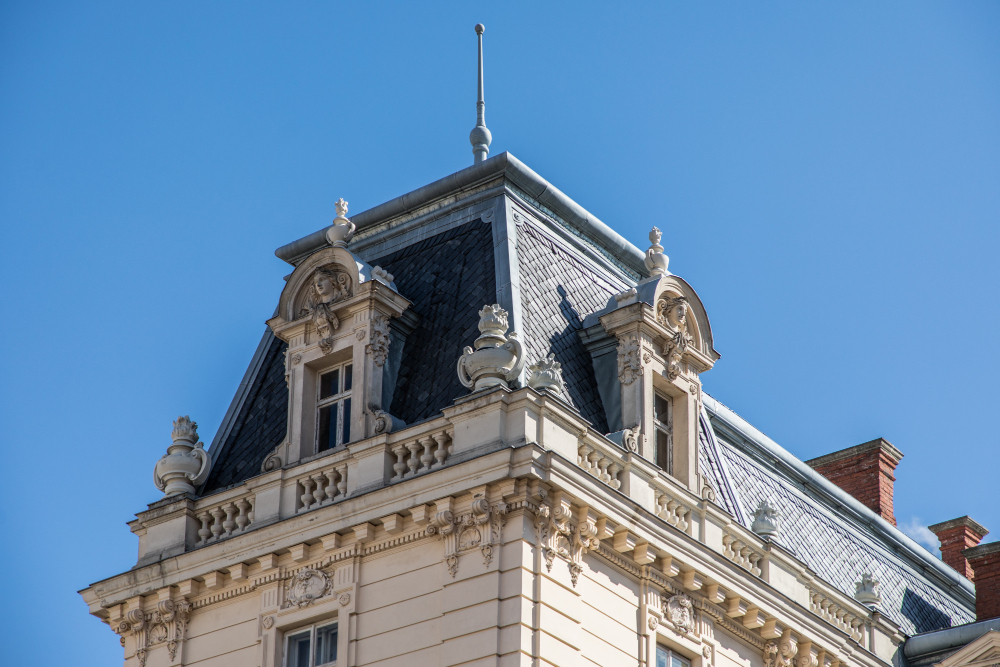
The Palace of the Dukes and Estates of Burgundy, situated in the heart of Dijon, stands as a magnificent example of Burgundian architecture and a pivotal landmark in the city’s history. Originally built in the 14th century as the residence of the Dukes of Burgundy, this sprawling complex reflects the wealth, power, and cultural sophistication of its former occupants. Over the centuries, the palace underwent significant expansions and renovations, each contributing to its grandeur and architectural diversity, from Gothic to Renaissance influences.
Visitors to the palace can explore its richly adorned rooms and halls, which bear witness to the lavish lifestyle of the dukes. The Salle des Gardes impresses with its vaulted ceilings and ornate decorations, once hosting elaborate court ceremonies and banquets. The Grand Salon, adorned with exquisite tapestries and furnishings, showcases the dukes’ patronage of the arts and their role in fostering Burgundy’s cultural legacy. The palace also houses the renowned Musée des Beaux-Arts de Dijon, a treasure trove of artistic masterpieces spanning centuries, offering visitors a journey through Burgundy’s rich artistic heritage.
Surrounding the palace is the bustling Place de la Libération, a vibrant square lined with arcades, cafes, and shops, where visitors can unwind and soak in the atmosphere of historic Dijon. Today, the Palace of the Dukes and Estates of Burgundy stands not only as a testament to the region’s glorious past but also as a cultural hub that continues to captivate and inspire all who visit.
Notre-Dame Church of Dijon

The Church of Notre-Dame of Dijon, a stunning example of Gothic architecture nestled in the heart of the city, captivates visitors with its intricate details and rich history. Dating back to the 13th century, this cathedral-like church is renowned for its distinctive facade adorned with sculpted gargoyles and elaborate stone carvings. One of its most famous features is the Jacquemart clock, an animated mechanism that has marked the passage of time for centuries, delighting both locals and tourists alike.
Inside Notre-Dame, visitors are greeted by a serene atmosphere and breathtaking stained glass windows that bathe the interior in a kaleidoscope of colors. The church’s nave stretches majestically overhead, supported by elegant columns and arches that emphasize its Gothic splendor. Pilgrims and art enthusiasts alike are drawn to the peaceful ambiance and spiritual significance of Notre-Dame, making it not only a cultural gem but also a place of reverence and contemplation in Dijon.
Place de la Libération
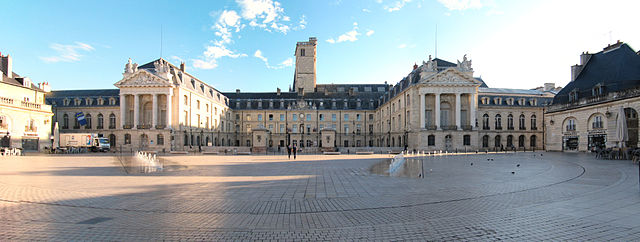
The Place de la Libération in Dijon is a magnificent square that stands as a symbol of the city’s rich history and architectural splendor. Designed in the 17th century by Jules Hardouin-Mansart, the square’s grand semi-circular layout is surrounded by majestic buildings featuring classical French architecture, adorned with ornate facades and graceful arcades. At its heart lies the stunning Fountain of Neptune, a masterpiece sculpted by Jean-Baptiste Gaspard Marsy, depicting the Roman god of the sea surrounded by mythical sea creatures, adding a touch of artistic elegance and Baroque flair to the square.
Beyond its aesthetic appeal, the Place de la Libération serves as a vibrant hub of social and cultural activity. Lined with bustling cafes, restaurants, and shops, it attracts both locals and tourists who gather to enjoy the lively atmosphere and soak in the charm of the surroundings. The square’s strategic location near the Palace of the Dukes enhances its significance, offering visitors breathtaking views and easy access to explore Dijon’s historic landmarks and cultural treasures. Whether admiring the fountain, indulging in local cuisine, or simply strolling through its historic arcades, the Place de la Libération continues to enchant visitors with its blend of architectural grandeur and dynamic ambiance.
Museum of Burgundian Life
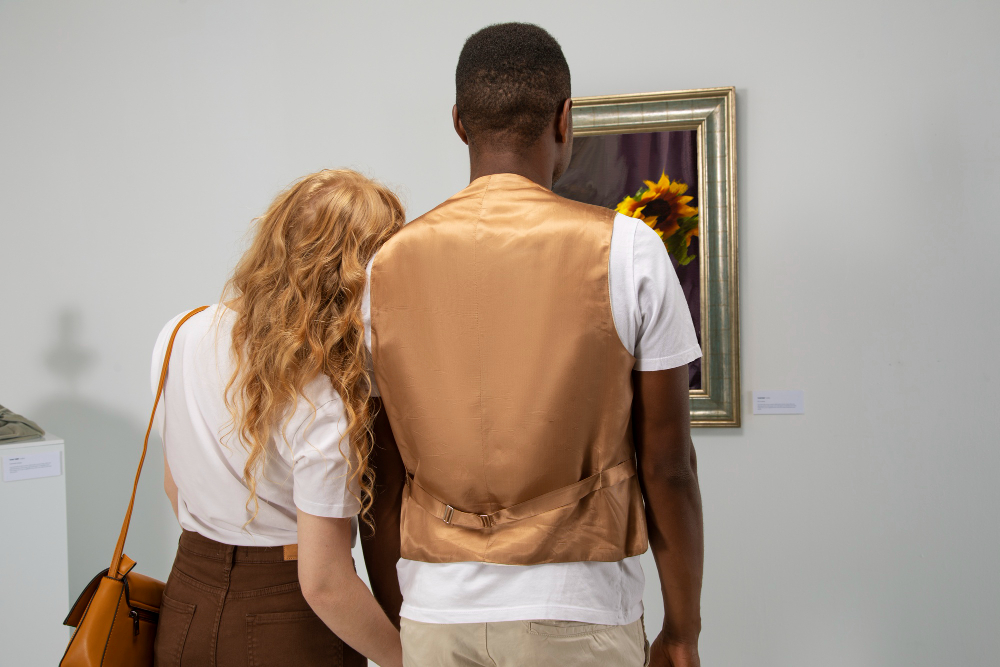
The Museum of Burgundian Life in Dijon offers a captivating journey through the region’s cultural heritage, showcasing the daily life and traditions of Burgundy from the 18th century to the present day. Housed in a former monastery, the museum’s exhibits meticulously recreate the ambiance of historical Burgundian homes and workshops, providing visitors with a glimpse into the daily routines, craftsmanship, and social customs of past eras. From intricately detailed reconstructions of traditional kitchens and living spaces to displays of authentic costumes, tools, and household artifacts, the museum vividly portrays the evolution of Burgundian life across different periods.
Each section of the Museum of Burgundian Life offers insights into various aspects of regional history, including agriculture, winemaking, and artisanal craftsmanship that have shaped Burgundy’s cultural identity. Visitors can explore interactive exhibits that highlight the region’s rich culinary traditions, showcasing local delicacies and culinary techniques passed down through generations. The museum’s dedication to preserving and presenting Burgundy’s cultural heritage makes it a valuable resource for both locals seeking to reconnect with their roots and tourists eager to delve into the authentic charm and traditions of this renowned French region.


